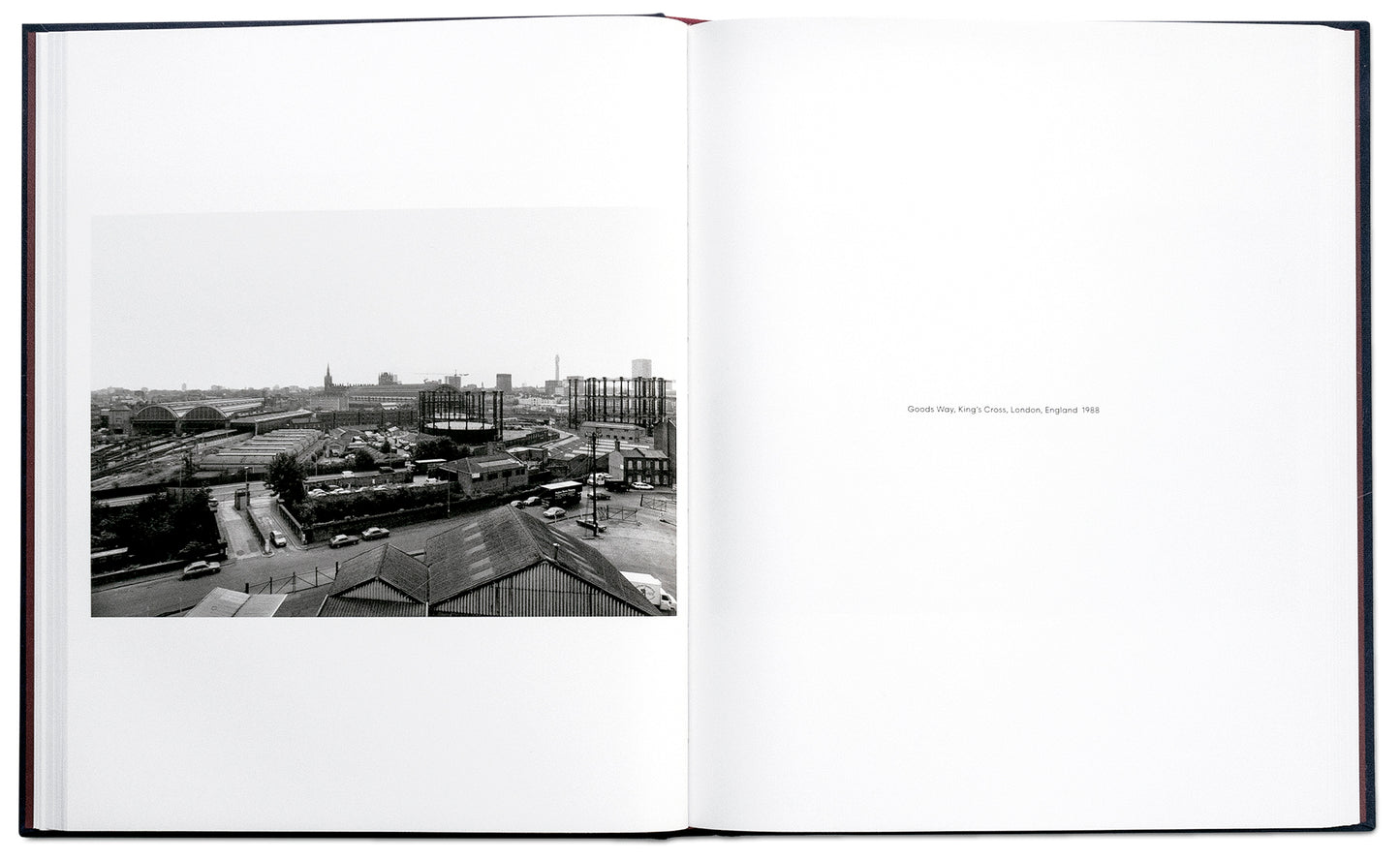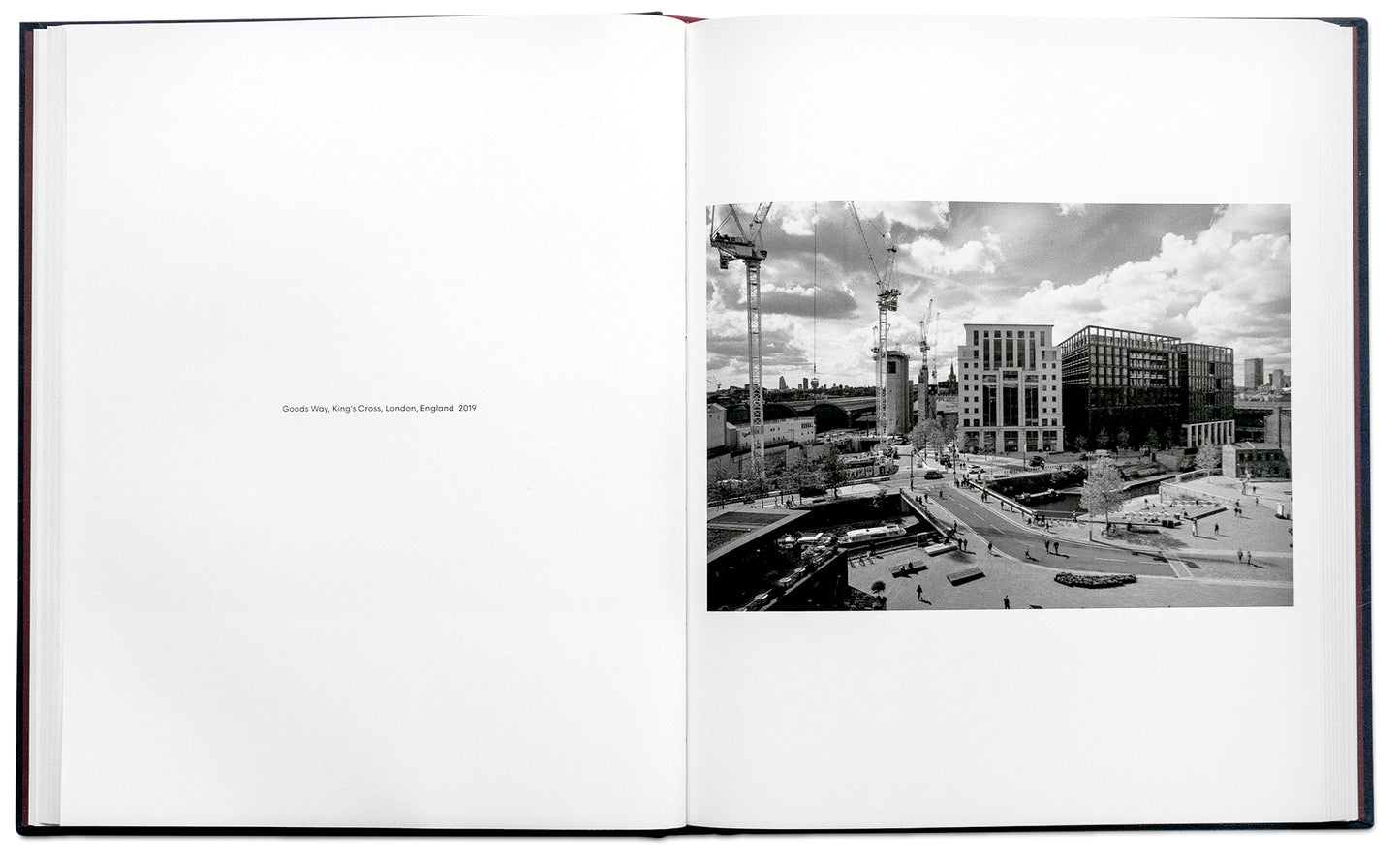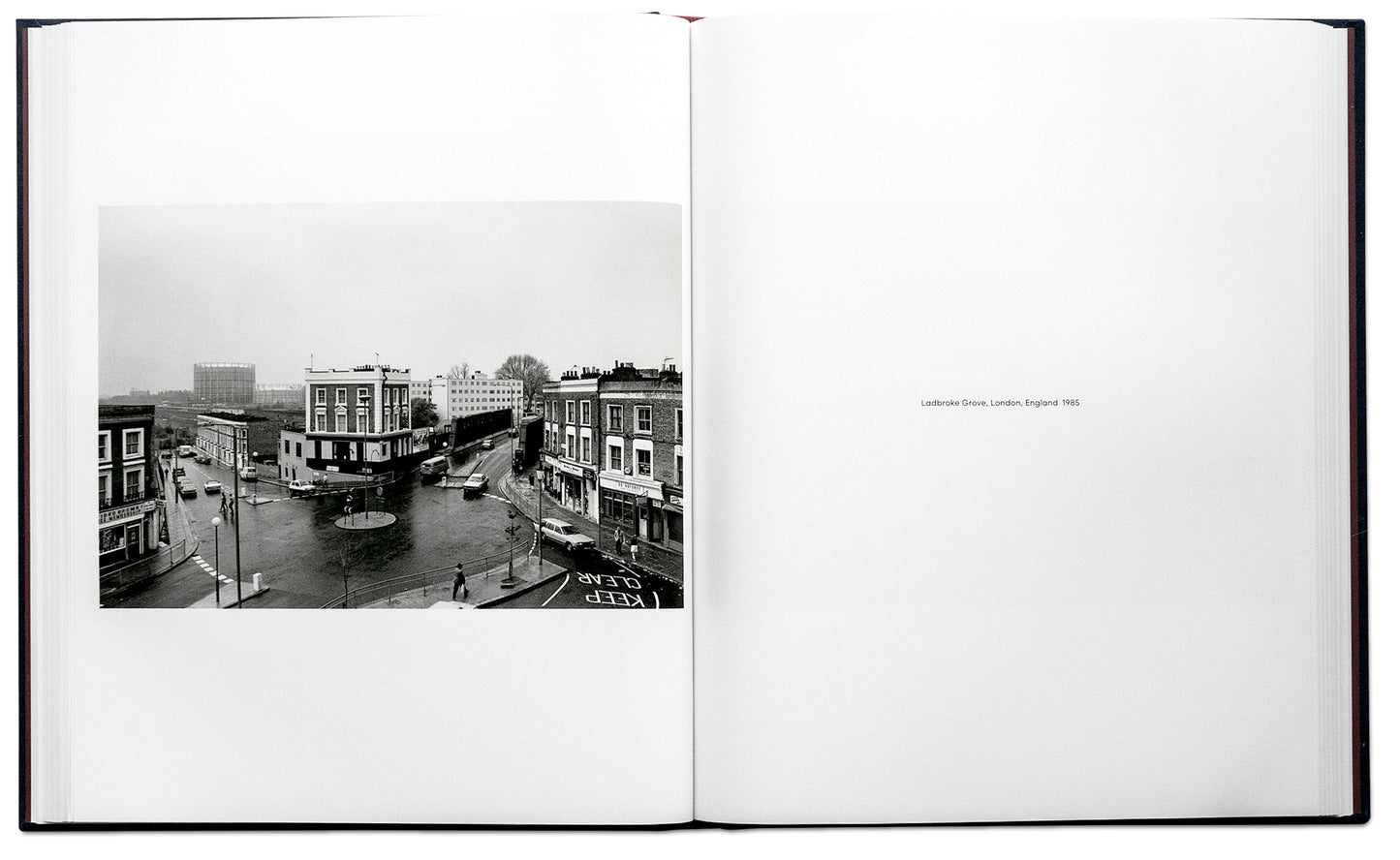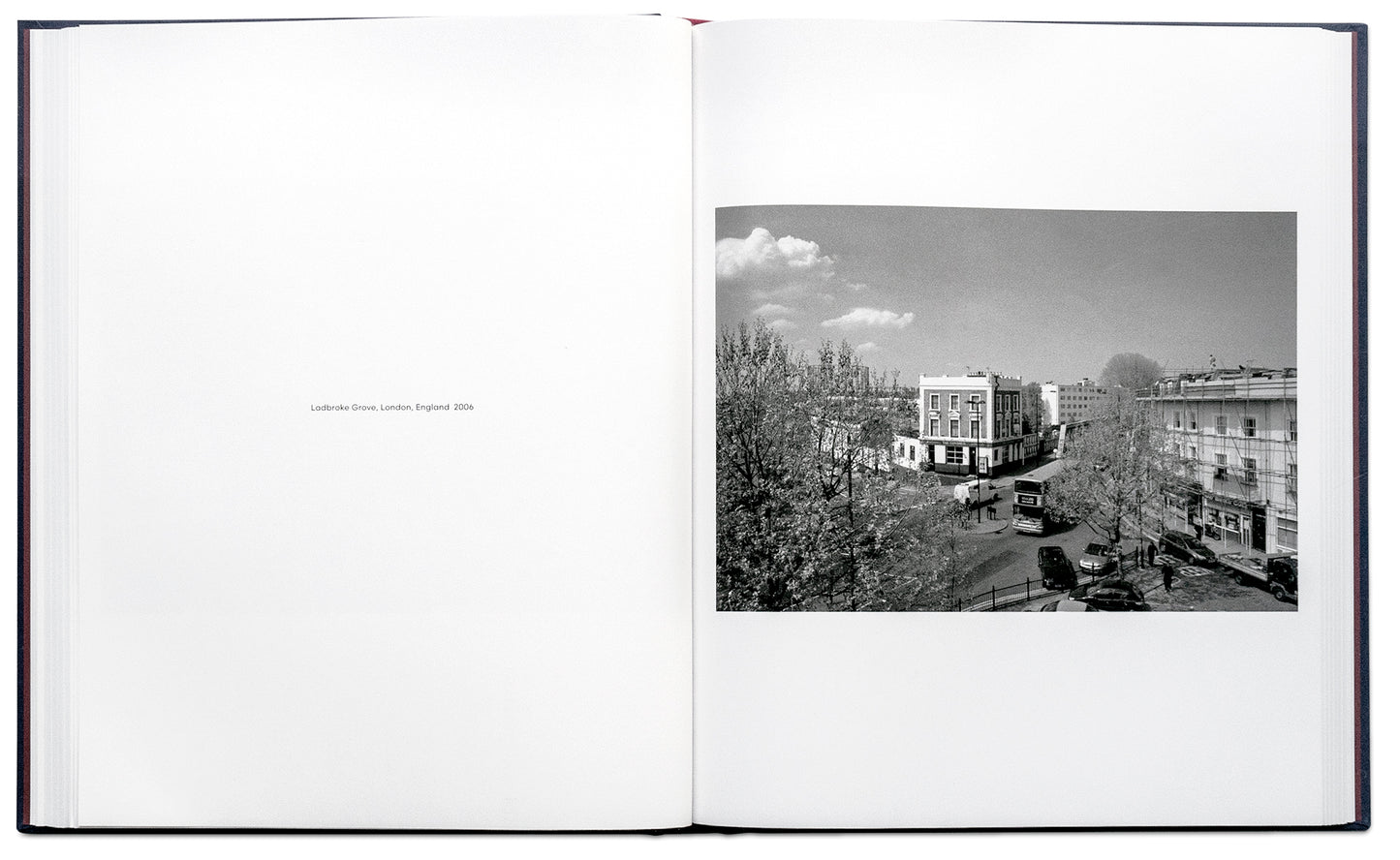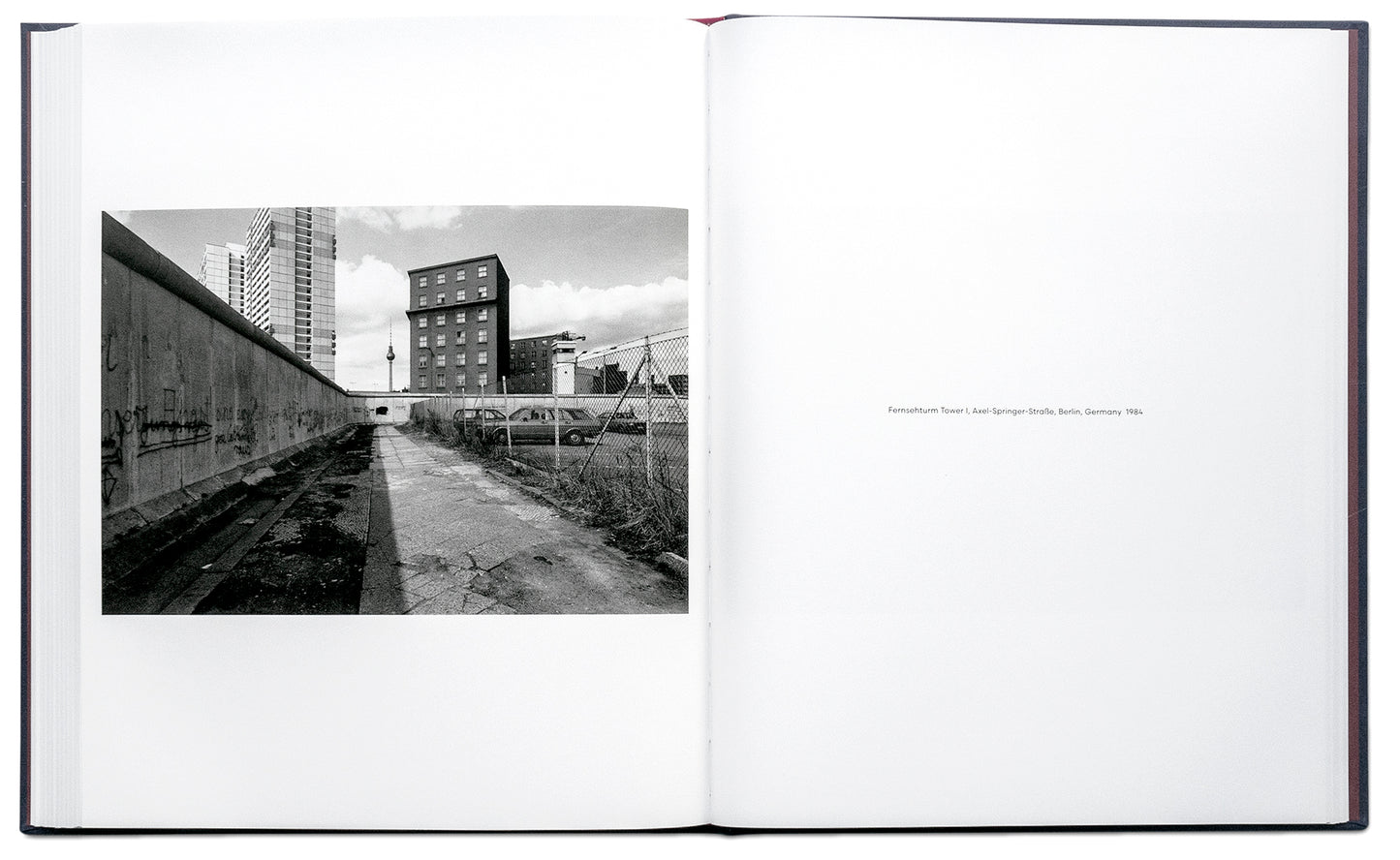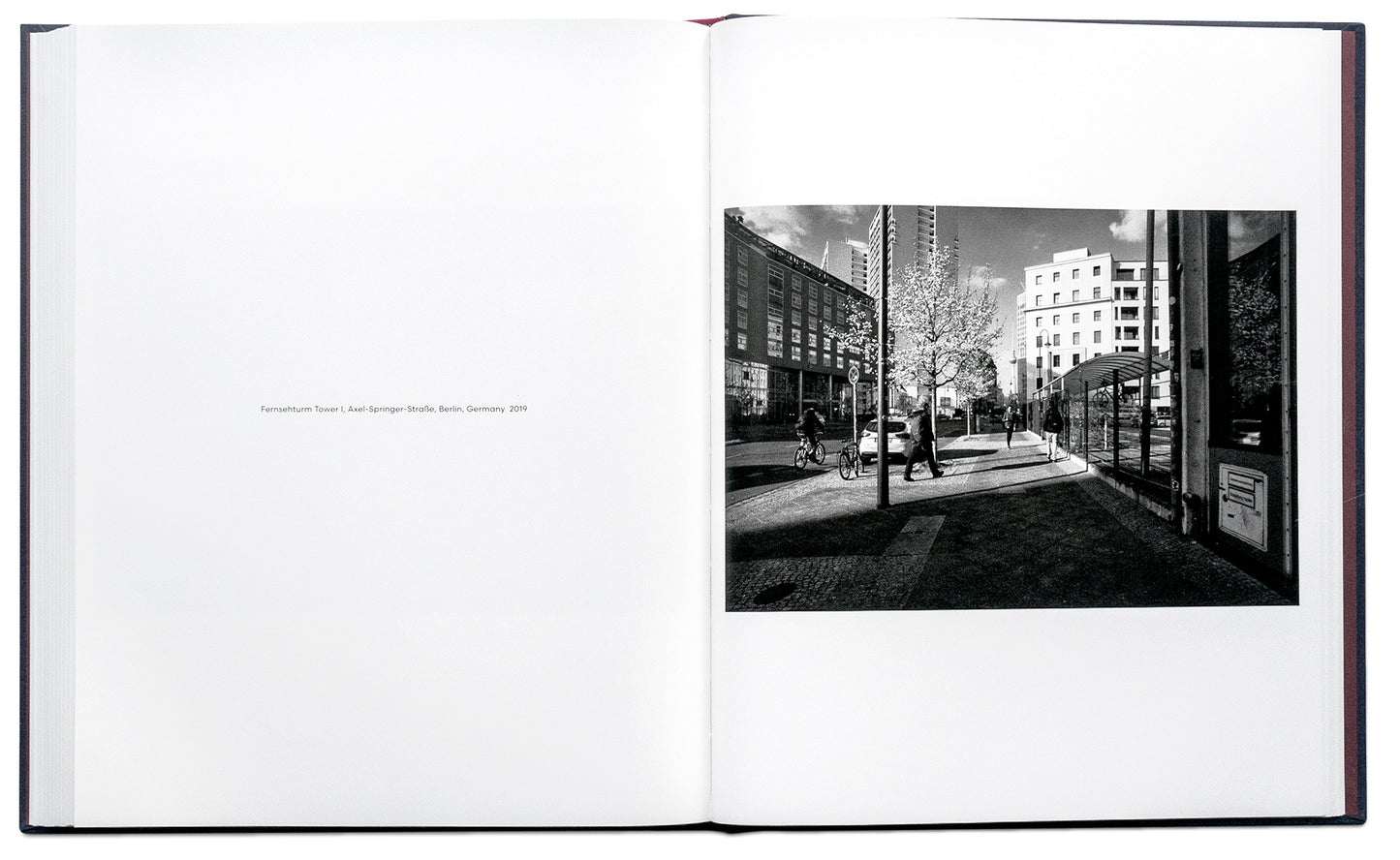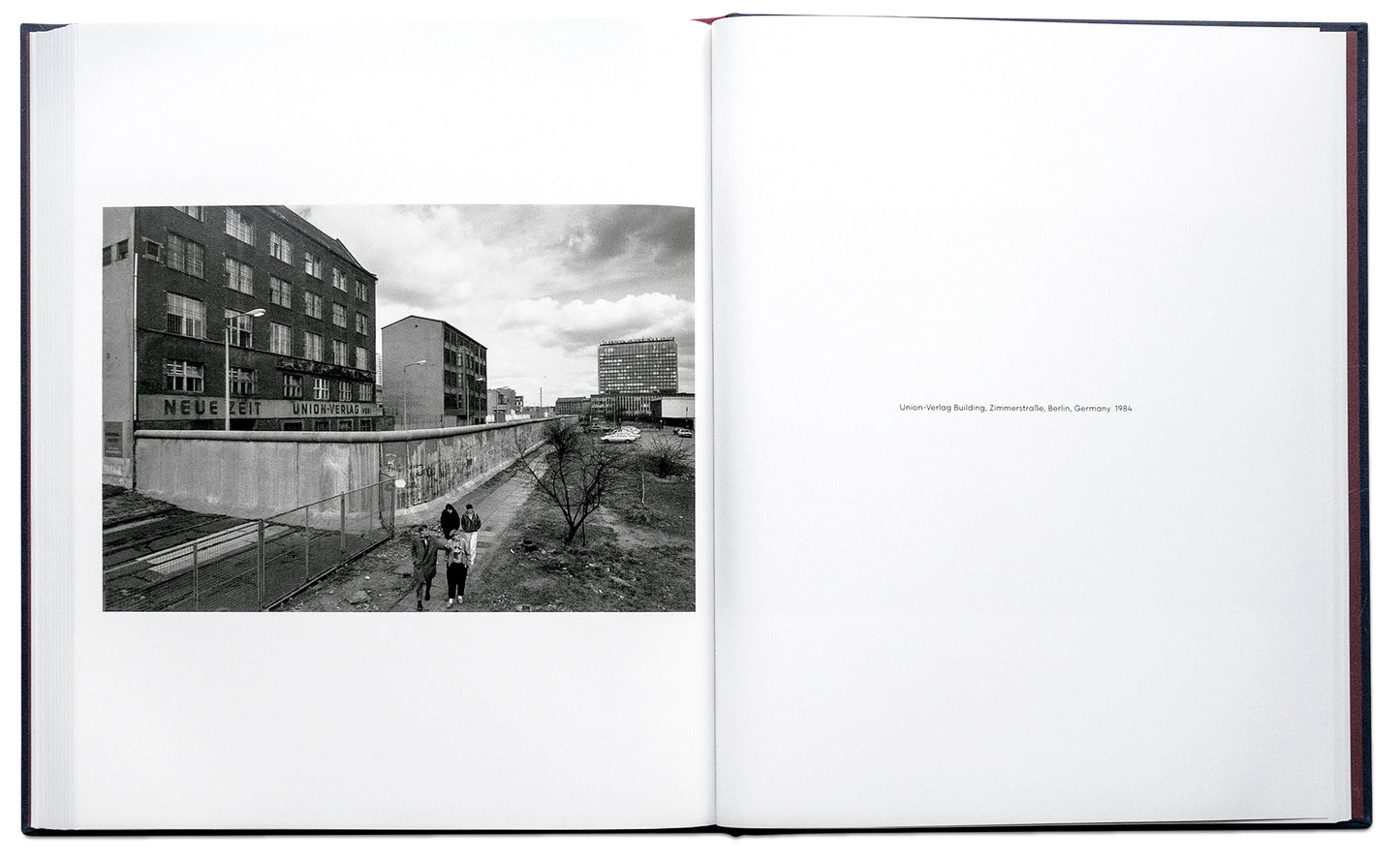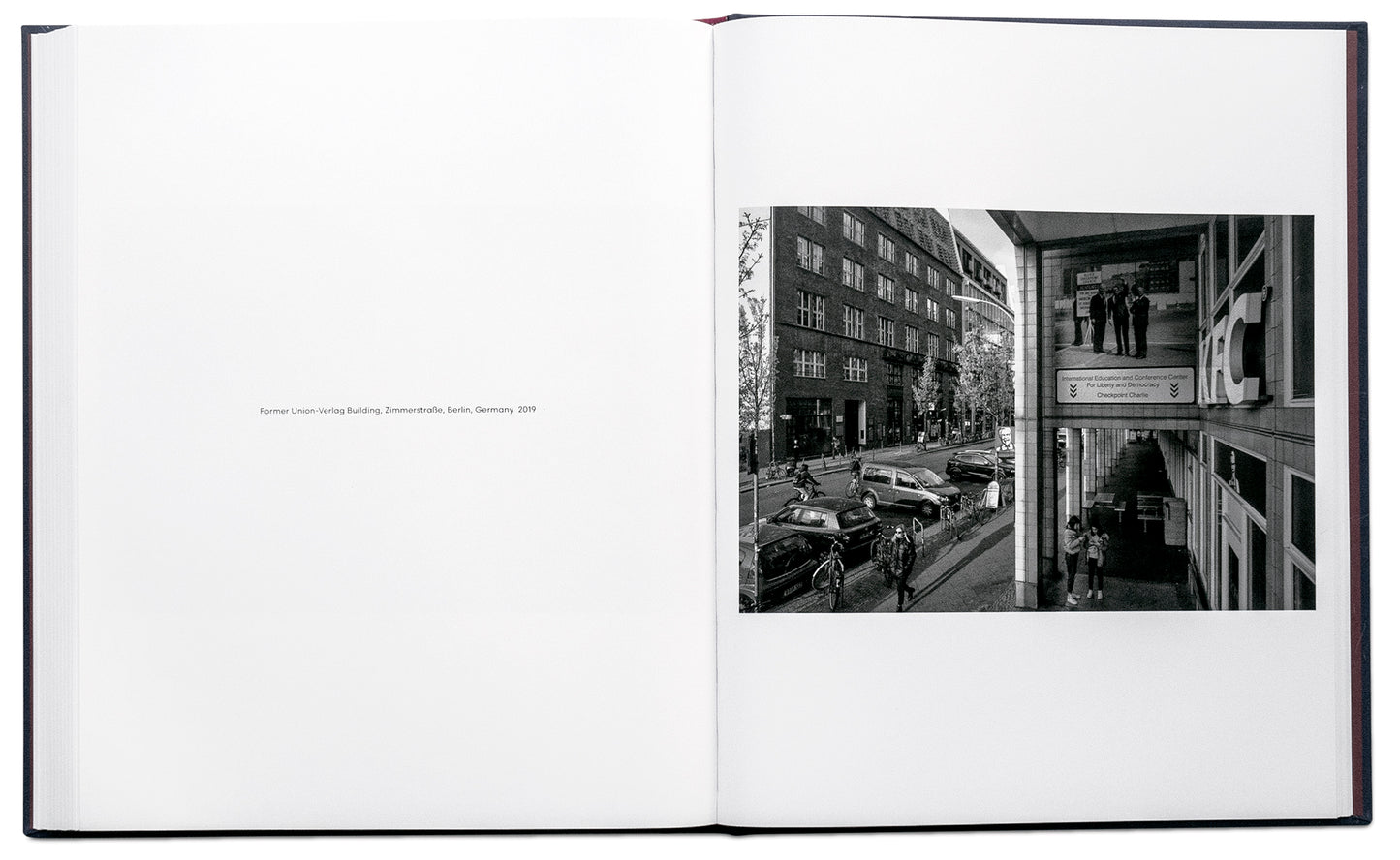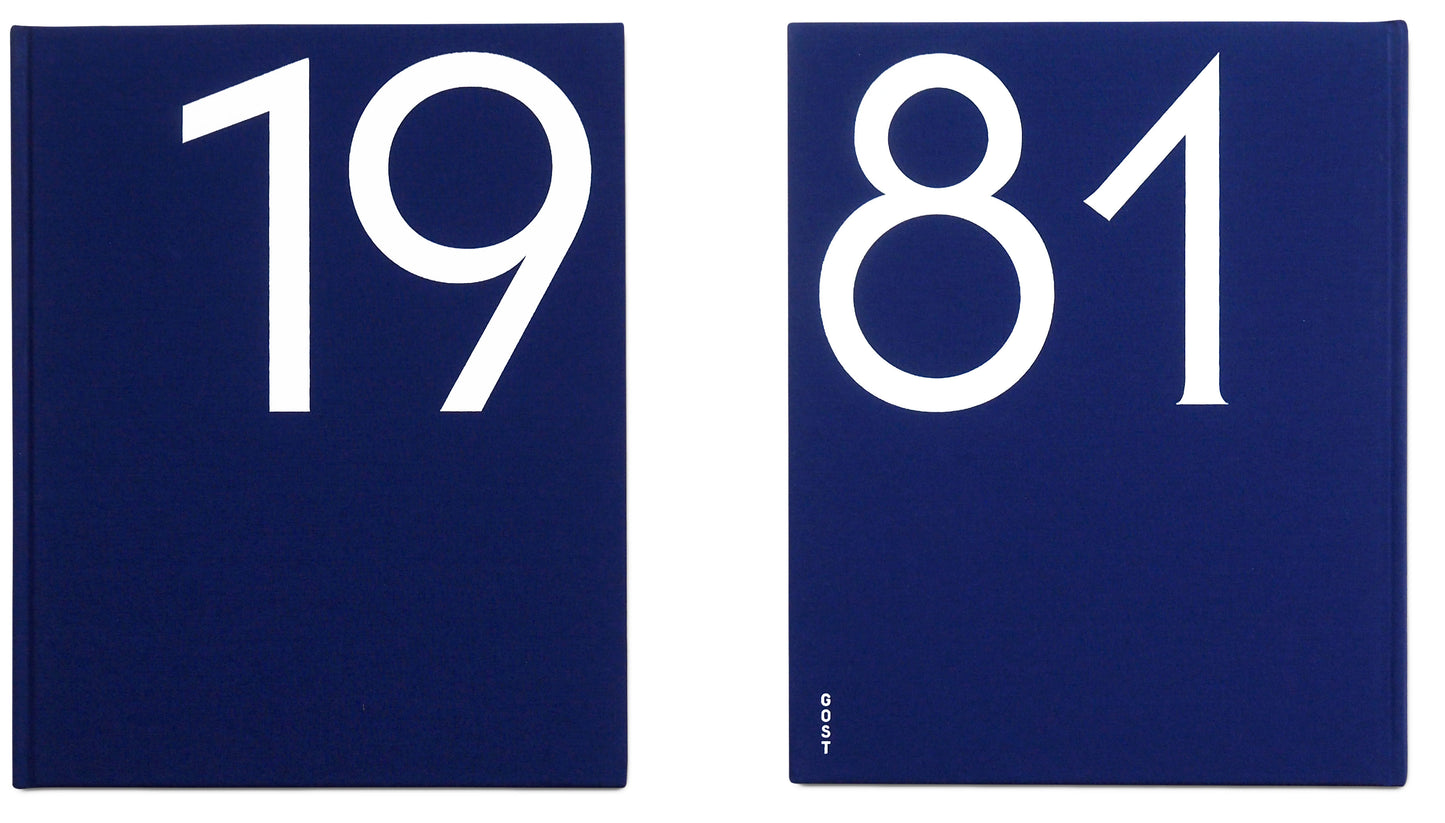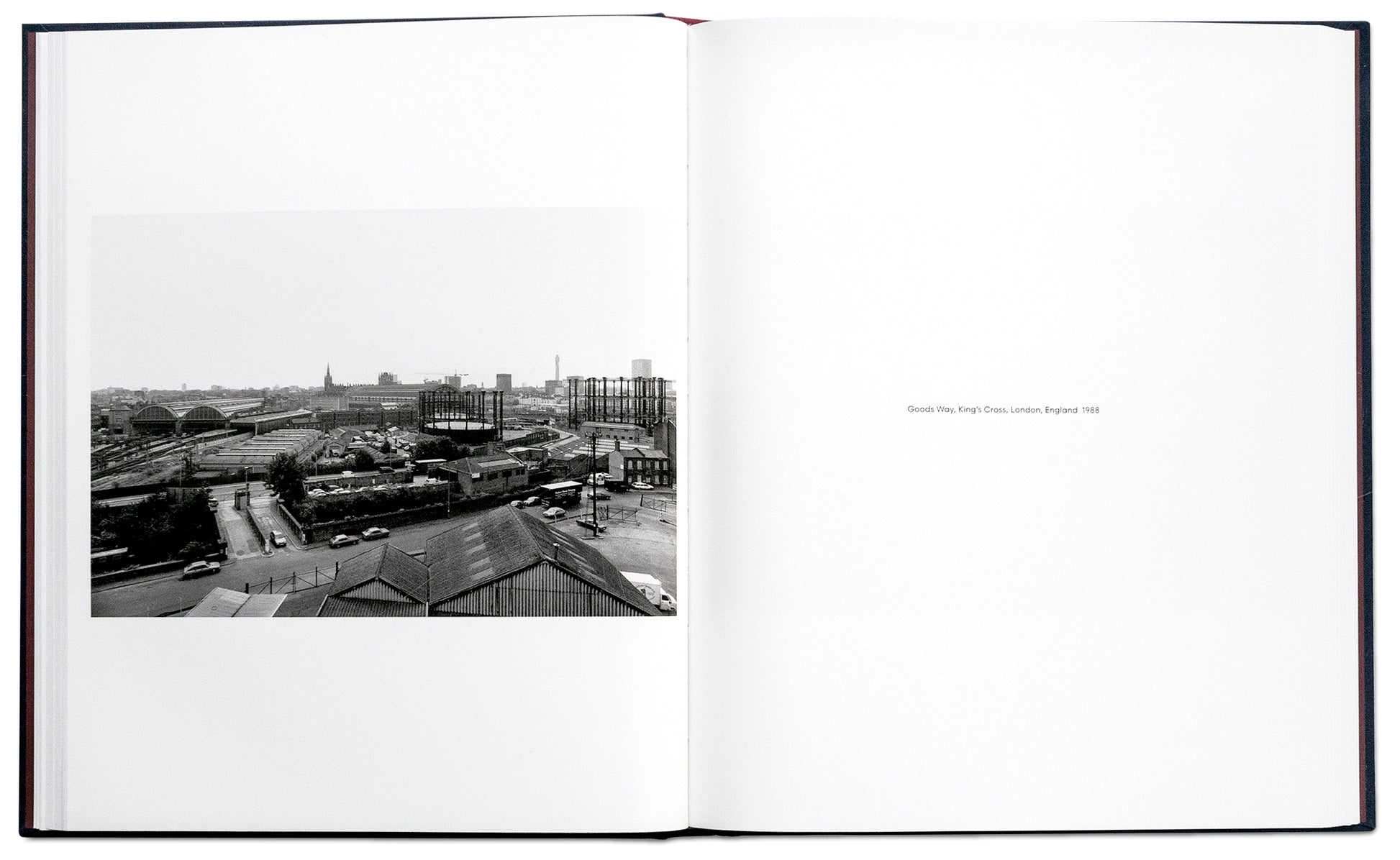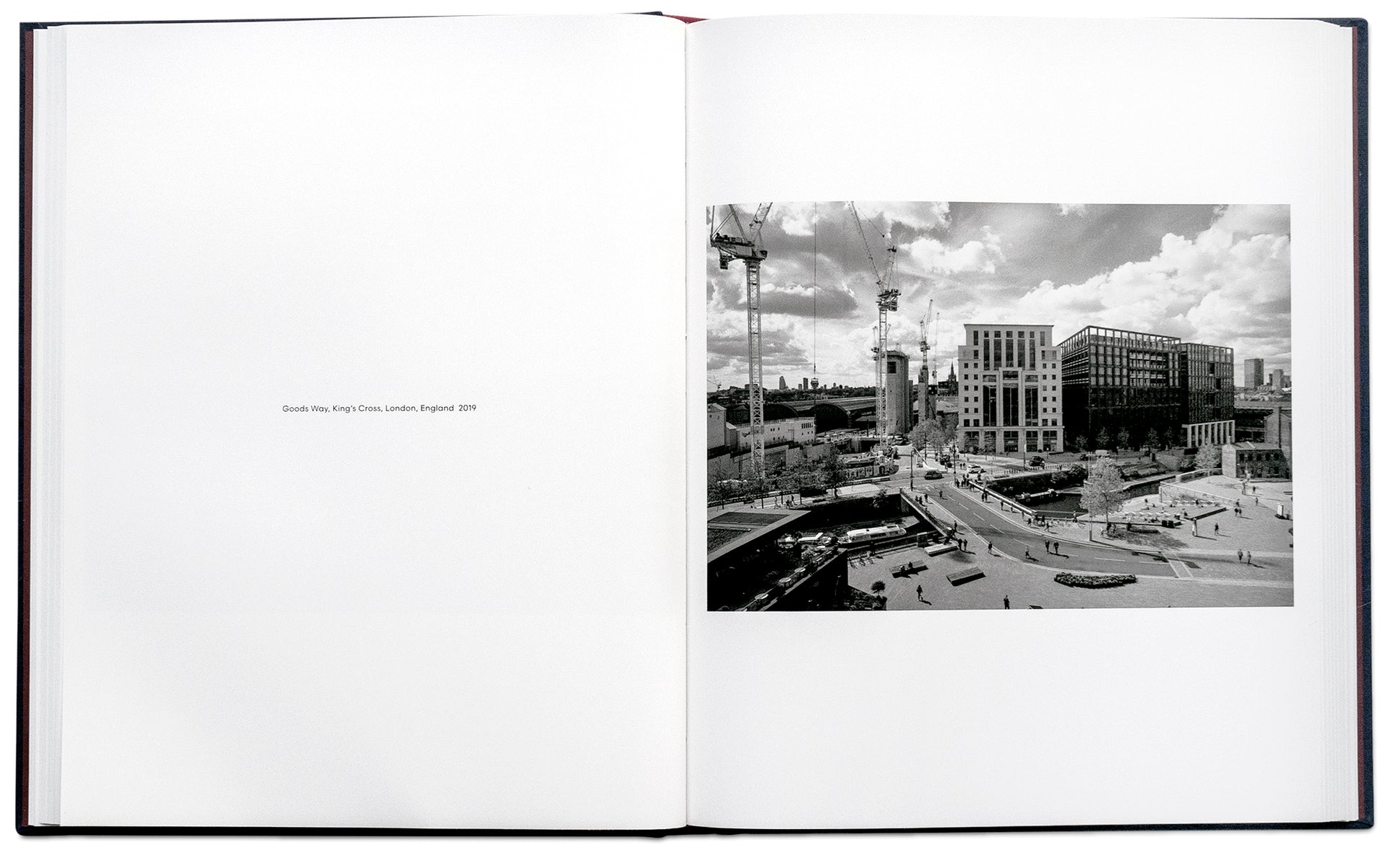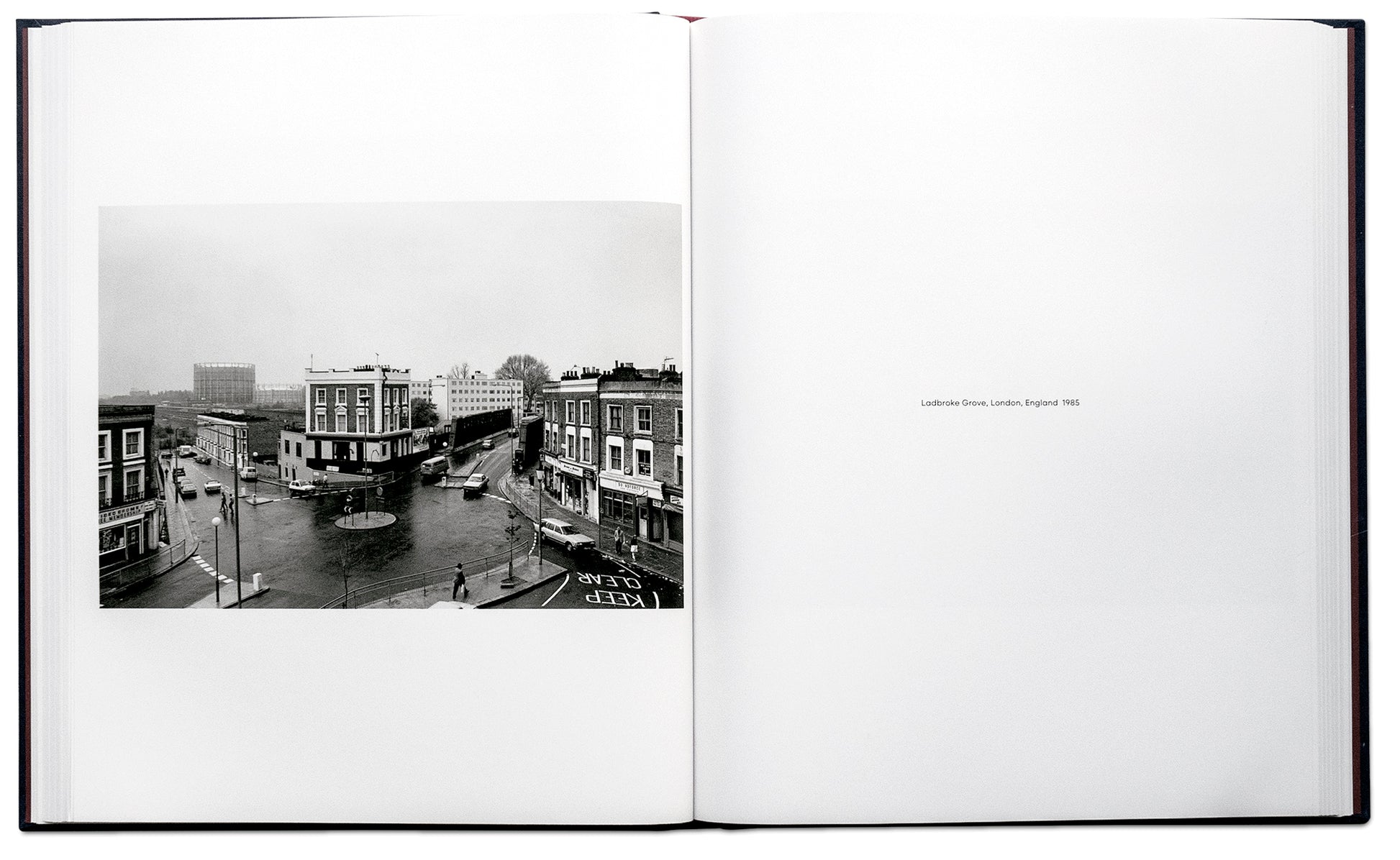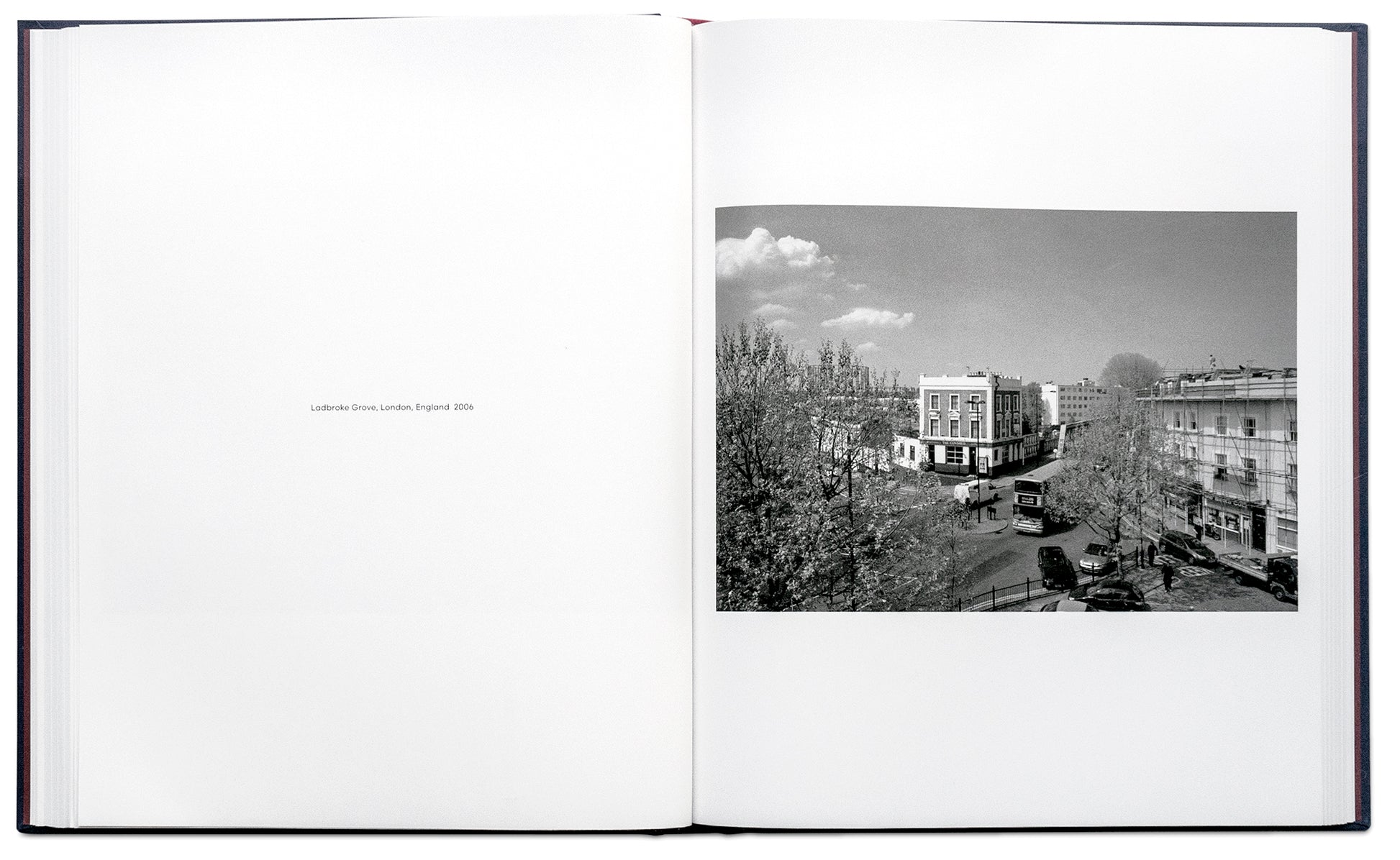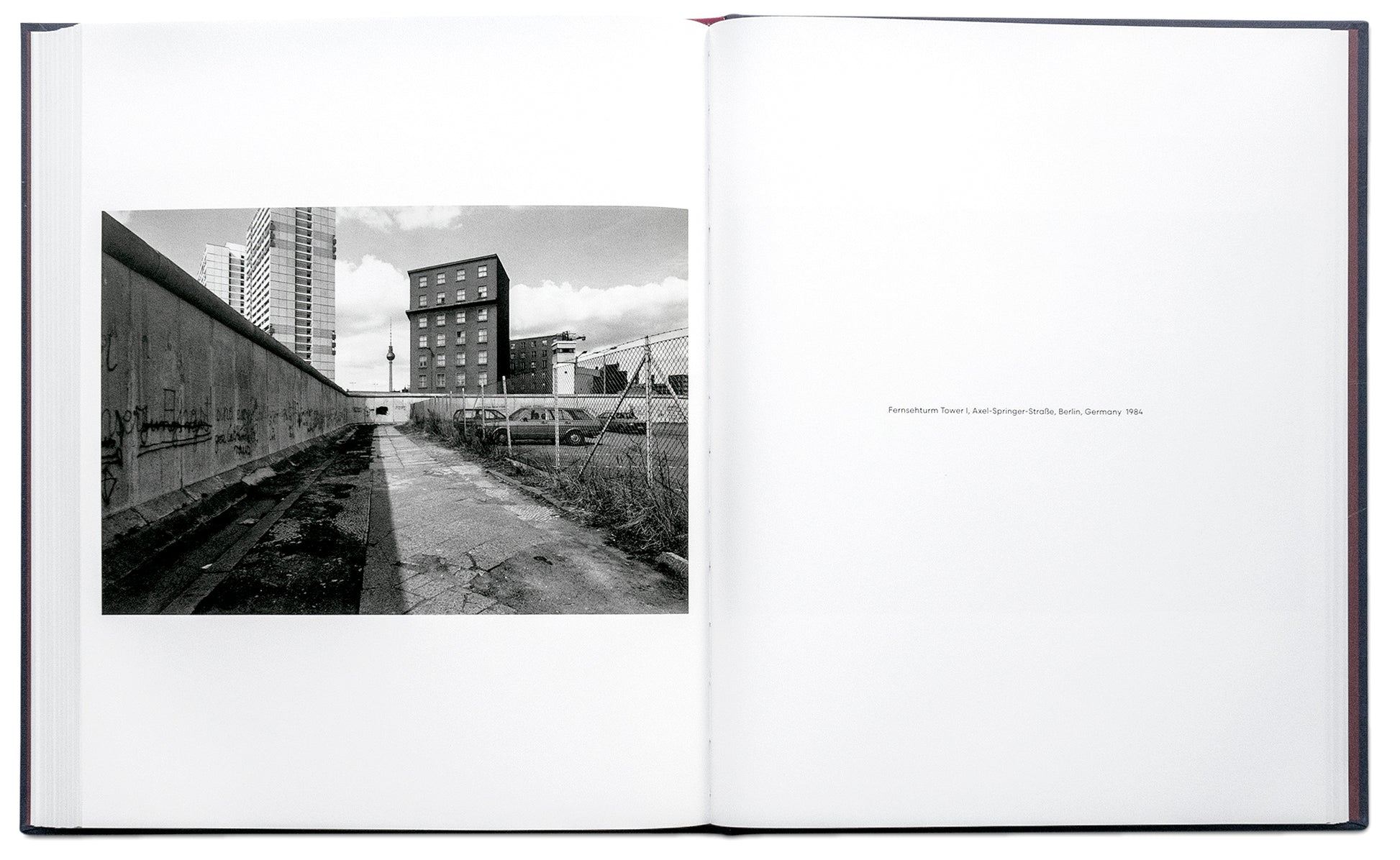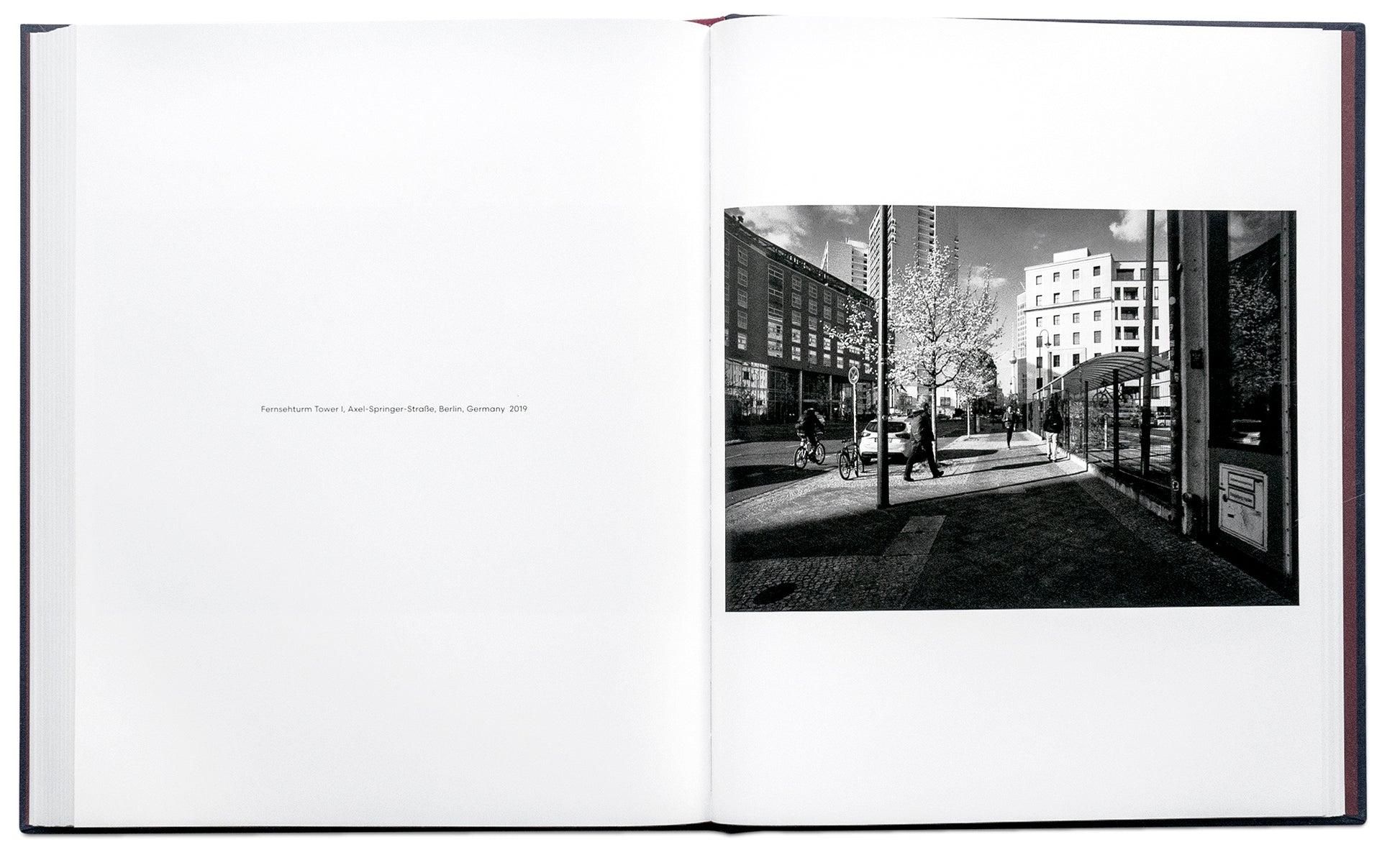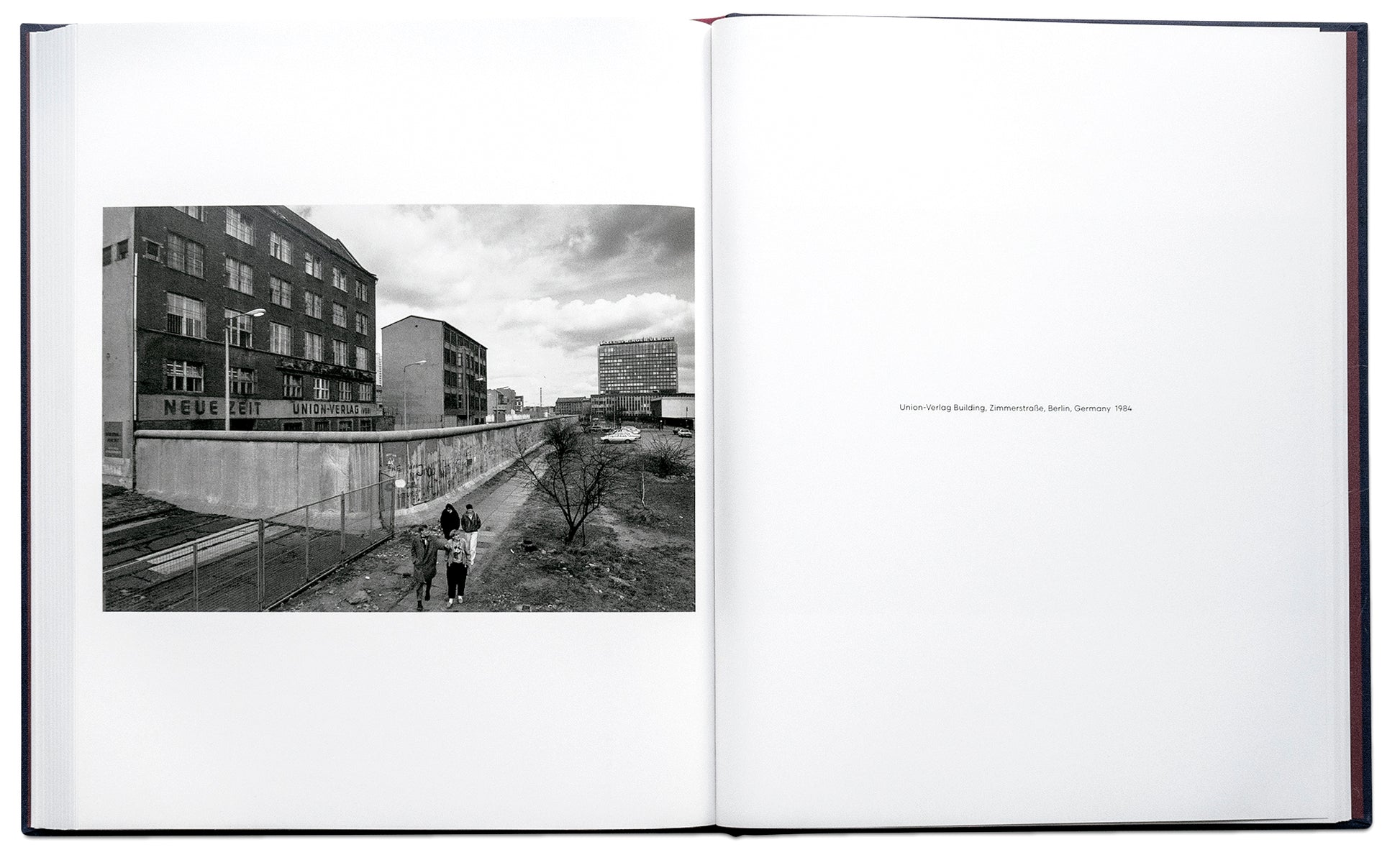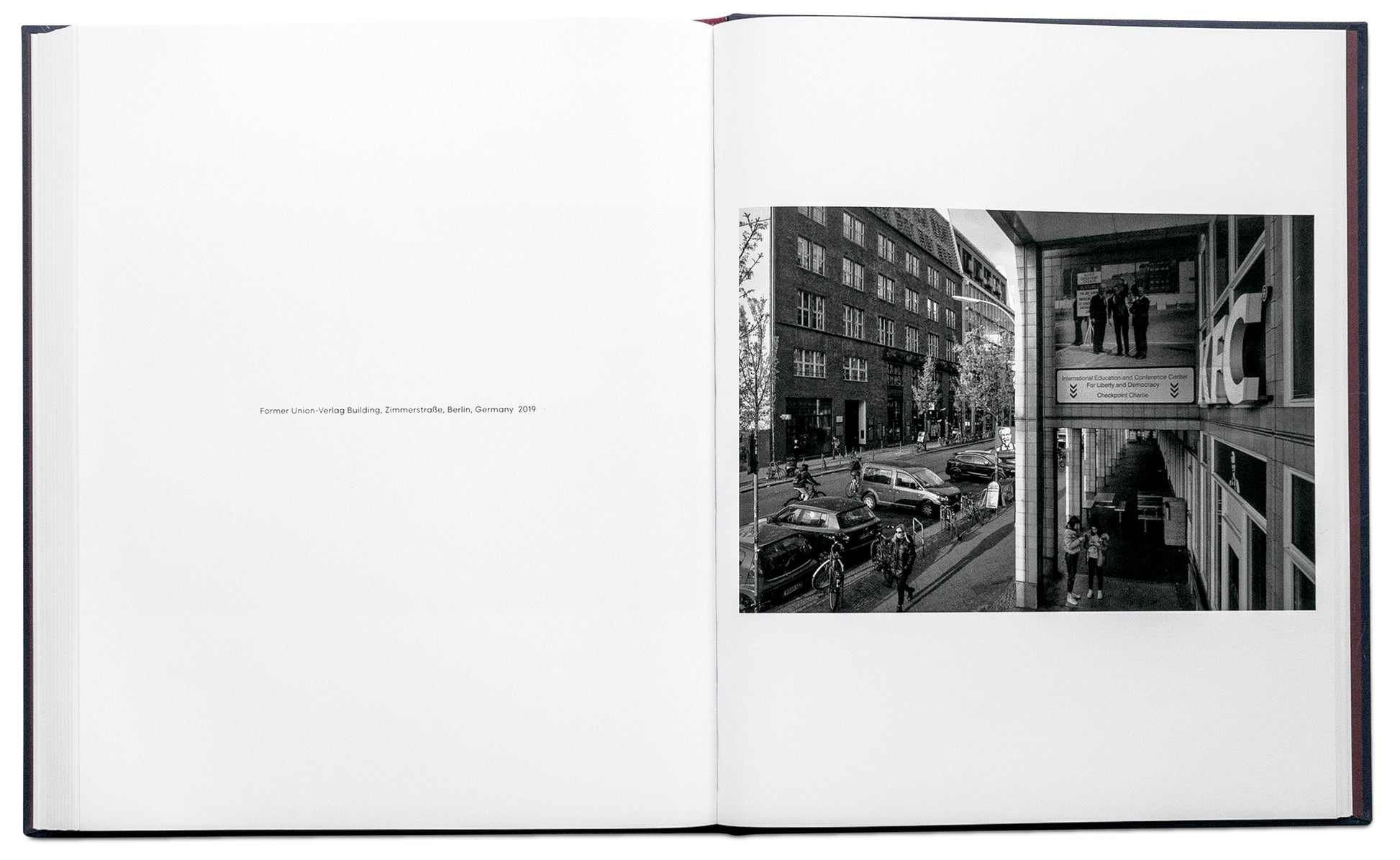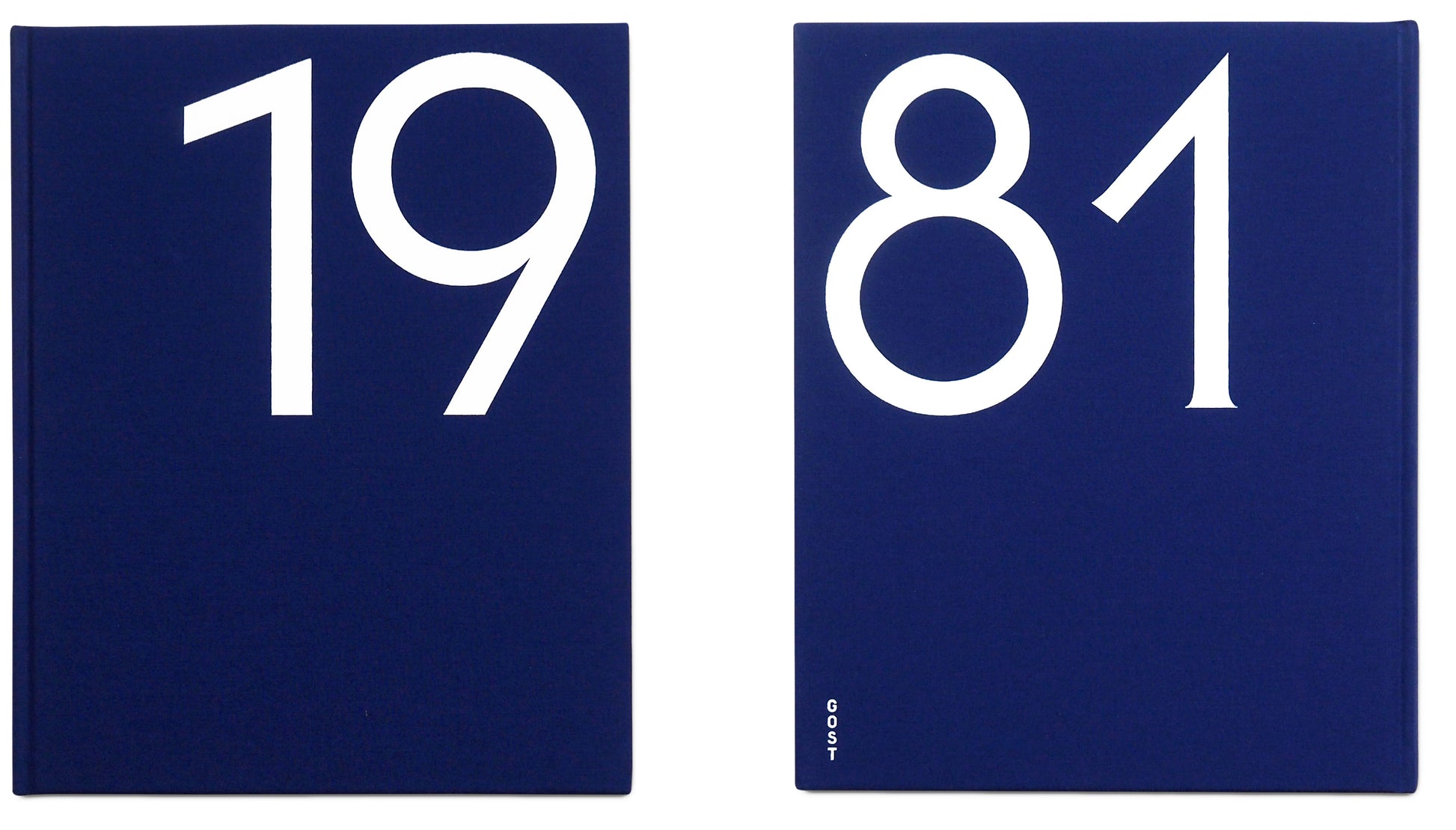Retraced 81/19
Retraced 81/19
by John Davies
Regular price
$60.00
Regular price
Sale price
$60.00
Unit price
per
Tax included for domestic orders. Customs duty and import tax may apply to international orders.
Couldn't load pickup availability
Photographer John Davies captures the landscape in a perpetual state of change. Retraced 81/19 brings together his early images alongside new contemporary works revisiting the same landscapes – mapping both equilibrium and change. These pairs of images, made from the same vantage point, tell of the alterations made by human activity and bear witness to cultural and social change over nearly four decades.
More about this book
More about this book
Published November 2019
215 x 265 mm, 192 pp
92 duotone images
Hardback clothbound, foil debossed
ISBN 978-1-910401-34-7
Share

